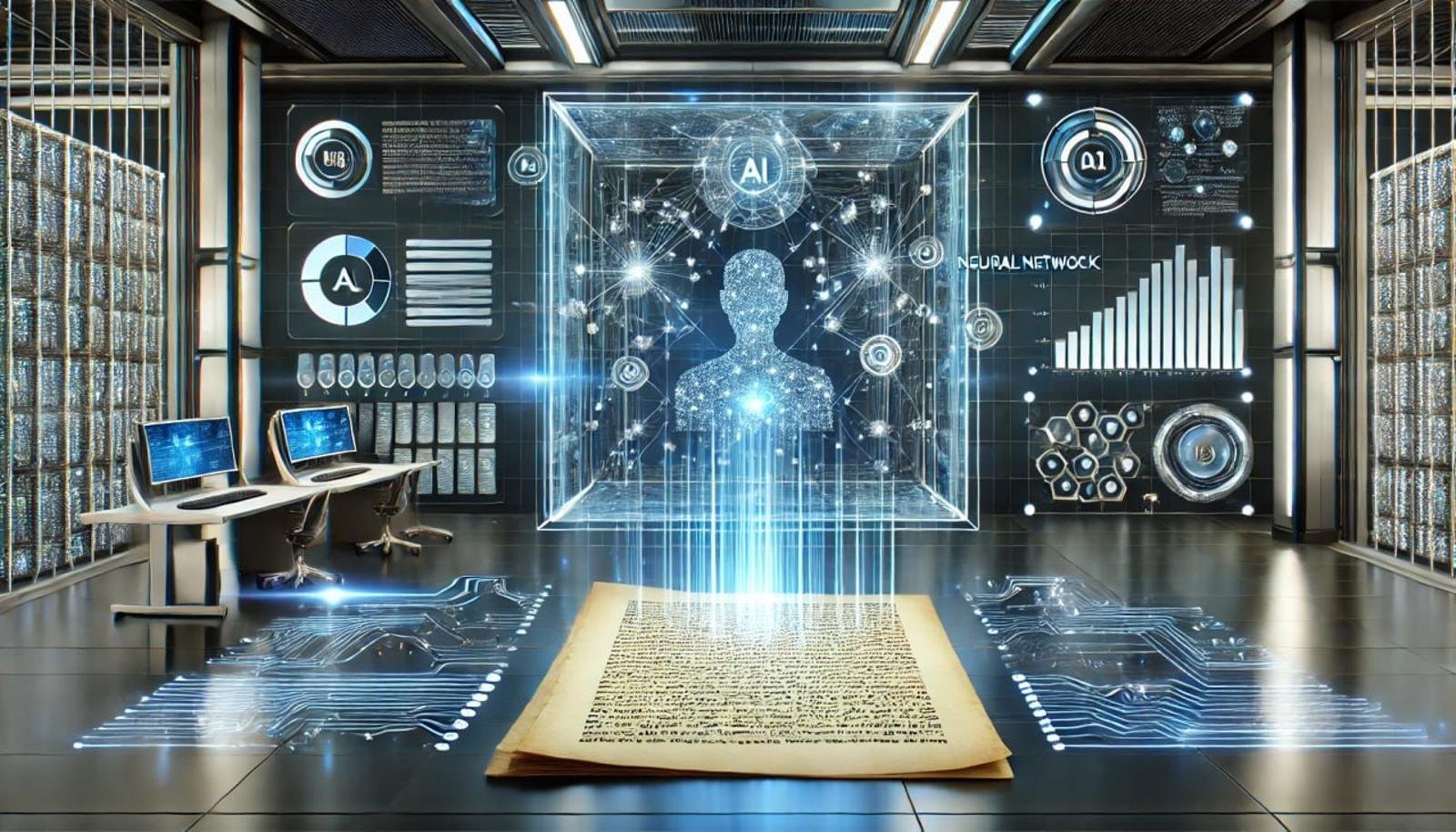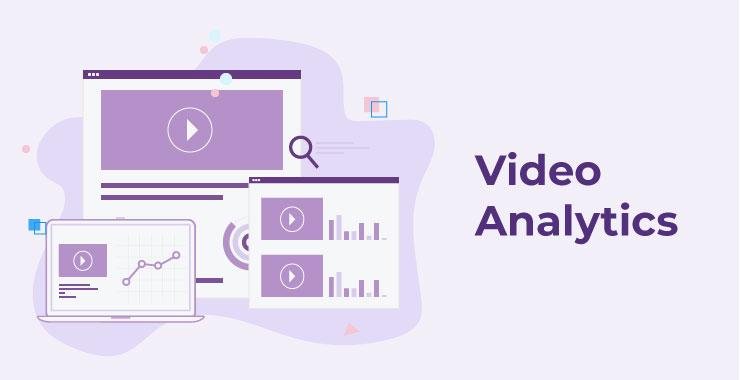AI Detector and KI Detector: Safeguarding the Integrity of Digital Content

Artificial Intelligence (AI) has rapidly transformed the way content is generated, shared, and consumed. From news articles and essays to marketing copy and social media posts, AI tools like ChatGPT, Google Bard, and others are now capable of producing content that is nearly indistinguishable from that written by humans. While this evolution brings many advantages, it also raises ethical, legal, and intellectual challenges. That’s where AI detector and their German counterpart, the KI detector come into play.
Understanding AI Detector and KI Detector
What is an AI Detector?
An AI detector is a digital tool or software designed to determine whether a piece of content (text, image, audio, or video) has been generated by artificial intelligence. These tools scan content for specific patterns or linguistic markers that differ from typical human behavior.
What is a KI Detector?
“KI” is the abbreviation for Künstliche Intelligenz, the German term for Artificial Intelligence. A KI detector serves the same function as an AI detector but is often tailored for German-language users and institutions. It detects whether content is machine-generated, specifically in the German linguistic and cultural context.
Why Are AI and KI Detectors Needed?
As AI-generated content becomes more accessible and widespread, certain concerns emerge:
1. Academic Integrity
Students increasingly use AI tools to write essays and assignments. Schools and universities now rely on AI detectors to preserve educational fairness.
2. Plagiarism Prevention
Writers and bloggers using AI tools may unintentionally produce plagiarized or duplicate content. Detection tools help ensure originality.
3. Disinformation and Fake News
AI can be used to generate misleading articles or propaganda. AI detectors help identify and mitigate the spread of fake news online.
4. Legal and Copyright Issues
Companies and creators must ensure that their content is human-generated, especially when copyright is involved.
5. SEO and Marketing
Search engines like Google prioritize original content. Using AI-generated content without proper modification can hurt rankings. AI detection tools help marketers verify content quality.
How Do AI and KI Detectors Work?
AI/KI detectors rely on a combination of statistical analysis, machine learning, and natural language processing (NLP) to detect AI-generated content. Below are some of the main techniques used:
1. Perplexity Analysis
This measures how predictable a sentence is. AI-generated content typically shows low perplexity due to the formulaic way models predict the next word.
2. Burstiness Measurement
Human writing tends to vary in sentence structure and length, a concept called “burstiness.” AI text usually has more uniformity.
3. Token Pattern Recognition
Detectors analyze word usage, token frequency, and patterns that are common in AI outputs, such as excessive repetition or lack of nuance.
4. Stylometry
Some tools analyze writing style and tone. AI writing may lack emotion, context, or cultural references.
5. Metadata Scrutiny
For images and videos, metadata such as file origins and rendering traces can reveal the use of AI tools like DALL·E or Midjourney.
Popular AI and KI Detectors in the Market
Many tools have been developed to help users, educators, and professionals detect AI-generated content. Some of the most recognized platforms include:
1. GPTZero
One of the first widely used detectors. It analyzes perplexity and burstiness and is popular in educational institutions.
2. ZeroGPT
This tool offers AI detection for multiple languages, including English and German, making it a functional KI detector.
3. Copyleaks AI Content Detector
Known for its API and integration capabilities, this detector supports multiple languages and industries.
4. Content at Scale AI Detector
This SEO-oriented tool ensures your content is not penalized by search engines for using AI.
5. Writer.com AI Content Detector
Primarily used by marketing and enterprise teams to ensure brand voice remains human and authentic.
Applications of AI and KI Detectors
1. Education
Universities and schools deploy these tools to uphold academic standards. Assignments and exams can now be verified for originality and human effort.
2. Journalism
News organizations use AI detectors to differentiate between genuine reporting and AI-manufactured content.
3. Corporate Communications
Enterprises use detection software to vet reports, emails, and marketing material before publication.
4. Freelance and Content Platforms
Websites like Upwork and Fiverr use AI detectors to prevent AI-generated submissions when clients expect human work.
5. Government and Policy
Public institutions can benefit from detecting propaganda or manipulated content, ensuring transparency in communication.
Benefits of AI and KI Detectors
-
Maintaining Trust: Detecting AI content helps ensure credibility in academia, journalism, and public discourse.
-
Reducing Plagiarism: Helps institutions and individuals maintain originality and avoid duplicate penalties.
-
Supporting Authenticity: AI detectors reinforce the value of human creativity and perspective.
-
Facilitating Responsible AI Use: These tools encourage ethical usage of generative AI technologies.
Limitations and Challenges
Despite their utility, AI and KI detector have limitations:
1. False Positives
Sometimes, detectors incorrectly flag human-written content as AI-generated, especially if the writing is formal or repetitive.
2. Language Limitations
Many detectors are primarily trained on English data. German and other non-English texts may produce less accurate results.
3. Rapid AI Advancements
As AI writing models improve, they become harder to detect. New versions like GPT-4 and Claude 3 can mimic human tone and style closely.
4. Context Sensitivity
AI detectors may fail to account for the writer’s age, education level, or tone, which could lead to misjudgment.
Ethical Considerations
The use of AI/KI detectors also comes with ethical responsibilities:
-
Transparency: Should students or employees be informed that their work is being scanned for AI content?
-
Privacy: Uploading content to third-party tools can raise data security issues.
-
Freedom of Expression: Overreliance on detectors might discourage legitimate creativity and innovation.
Balancing the benefits of detection with ethical considerations will be key to their responsible adoption.
The Future of AI and KI Detection
The future of detection technology is promising and necessary. Key developments may include:
1. Multilingual Detection Tools
Advanced detectors will be able to scan and analyze AI content across languages, improving global applicability.
2. Browser and CMS Integration
Real-time plugins and integrations into WordPress, Google Docs, and browsers will make detection more seamless.
3. Image and Video AI Detection
As deepfakes and AI-generated media increase, tools will expand beyond text detection.
4. Hybrid Detection Systems
Combining human review with AI detectors may offer the most accurate and fair results.
5. Legal Frameworks
Laws and regulations may soon require labeling of AI-generated content. Detectors will play a role in enforcing compliance.
Conclusion
The emergence of AI detectors and KI detectors marks a crucial step in managing the challenges brought by generative AI. As the world embraces automation and machine learning, the need to distinguish between human and machine input becomes more critical than ever. These tools not only protect originality and intellectual integrity but also foster responsible AI use in society.







